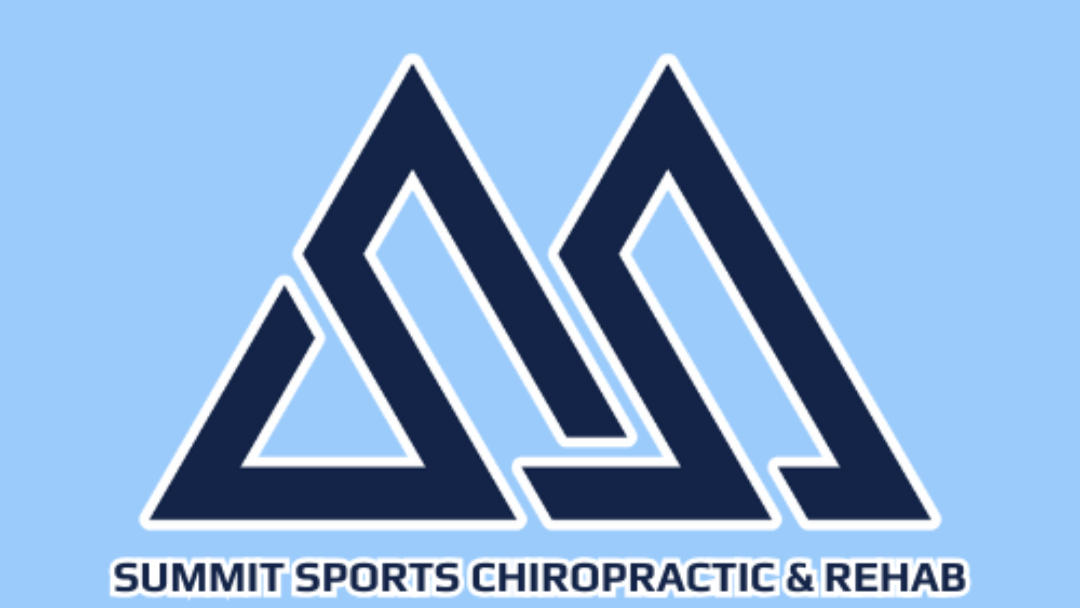Treating Muscle Tightness and Discomfort with Dry Needling
Muscle tightness and discomfort are common issues that many people experience at some point in their lives. Whether it’s due to overuse, injury, or a medical condition, muscle tightness can be both painful and limiting. Traditional treatments such as stretching, massage, and physical therapy can be effective in managing muscle tightness, but for some individuals, these methods may not provide the relief they need. In such cases, dry needling may be a viable option.
Dry needling is a technique used by physical therapists, chiropractors, and other healthcare professionals to treat muscle tightness and discomfort. It involves the insertion of a thin needle into the skin and targeted muscles, tendons, ligaments, or fascia. Unlike acupuncture, which is based on Chinese medicine principles and aims to restore the flow of energy in the body, dry needling is rooted in Western medicine and focuses on treating musculoskeletal pain and dysfunction.
When a needle is inserted into a trigger point (a tight band of muscle fibers), it can help release tension and improve blood flow to the affected area. This can help reduce muscle tightness, improve flexibility, and alleviate pain. Dry needling can also stimulate the body’s natural healing response, promoting the release of endorphins and other pain-relieving chemicals.
One of the key benefits of dry needling is its ability to reach deep tissues that may be difficult to target with other treatments. By reaching these deeper layers of muscle and connective tissue, dry needling can help release tension and improve mobility in ways that traditional therapies may not be able to achieve.
Dry needling is a safe and minimally invasive procedure when performed by a trained and licensed healthcare professional. Patients may experience some discomfort during the treatment, but many find that the benefits outweigh the temporary discomfort. Some individuals may also experience mild soreness or bruising at the insertion site following the treatment, but these side effects typically resolve within a few days.
It’s important to note that dry needling is not a standalone treatment and is often used in conjunction with other therapies such as exercise, manual therapy, and stretching. A comprehensive treatment plan tailored to the individual’s specific needs can help achieve optimal results and long-term relief from muscle tightness and discomfort.
In conclusion, dry needling is a valuable tool in the management of muscle tightness and discomfort. By targeting trigger points and releasing tension in deep tissues, dry needling can help improve flexibility, reduce pain, and promote healing. If you are experiencing muscle tightness that is not responding to traditional treatments, consider discussing dry needling with your healthcare provider to see if it may be a suitable option for you.
——————-
Article posted by:
Summit Sports Chiropractic & Rehab
https://www.summitsportsrehab.com/
Boulder, CO
At Summit Sports Chiropractic & Rehabilitation our goal is to help you overcome pain, optimize mobility, and optimize health and performance. Whether it be returning to the playing field, setting a new personal record, or simply feeling better in your day to day life–contact us and find out how our certified sports chiropractor can help you reach the summit of success!